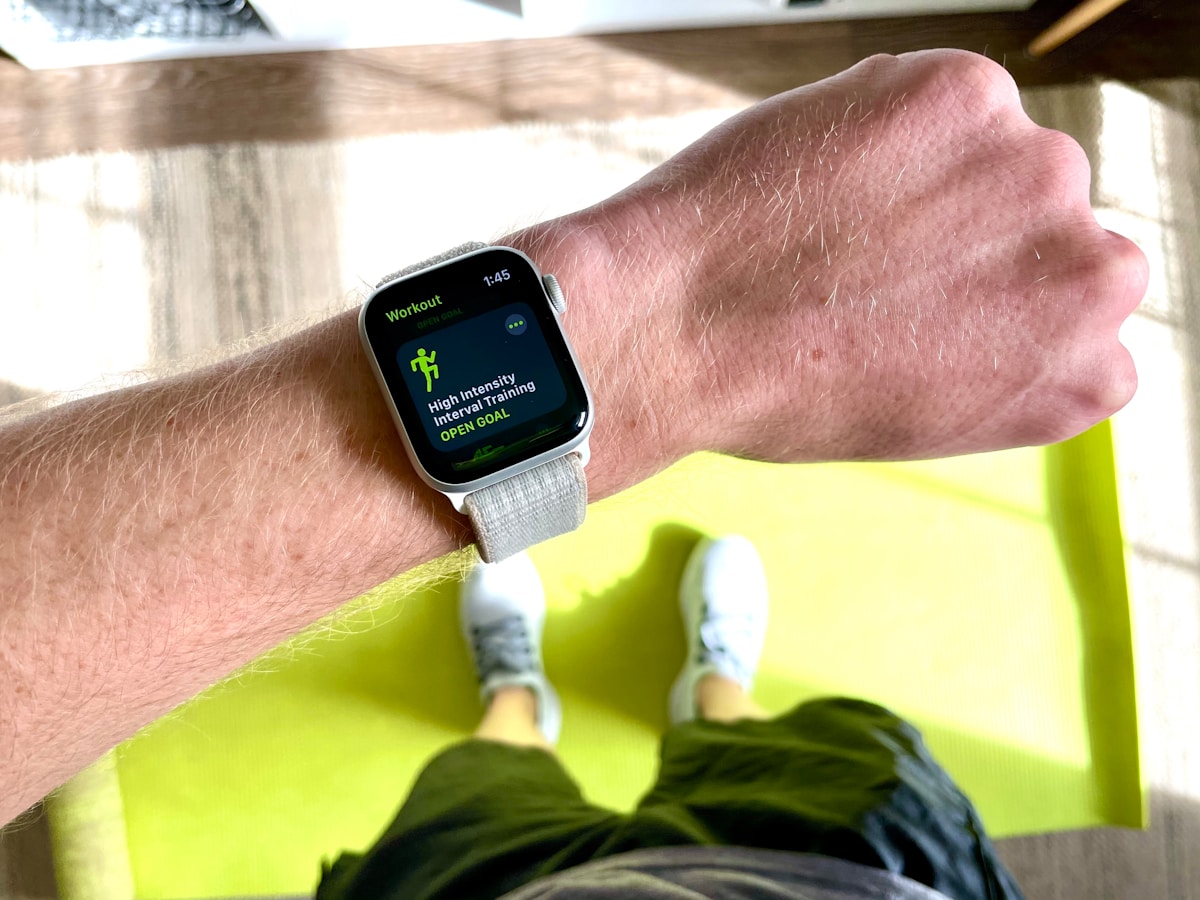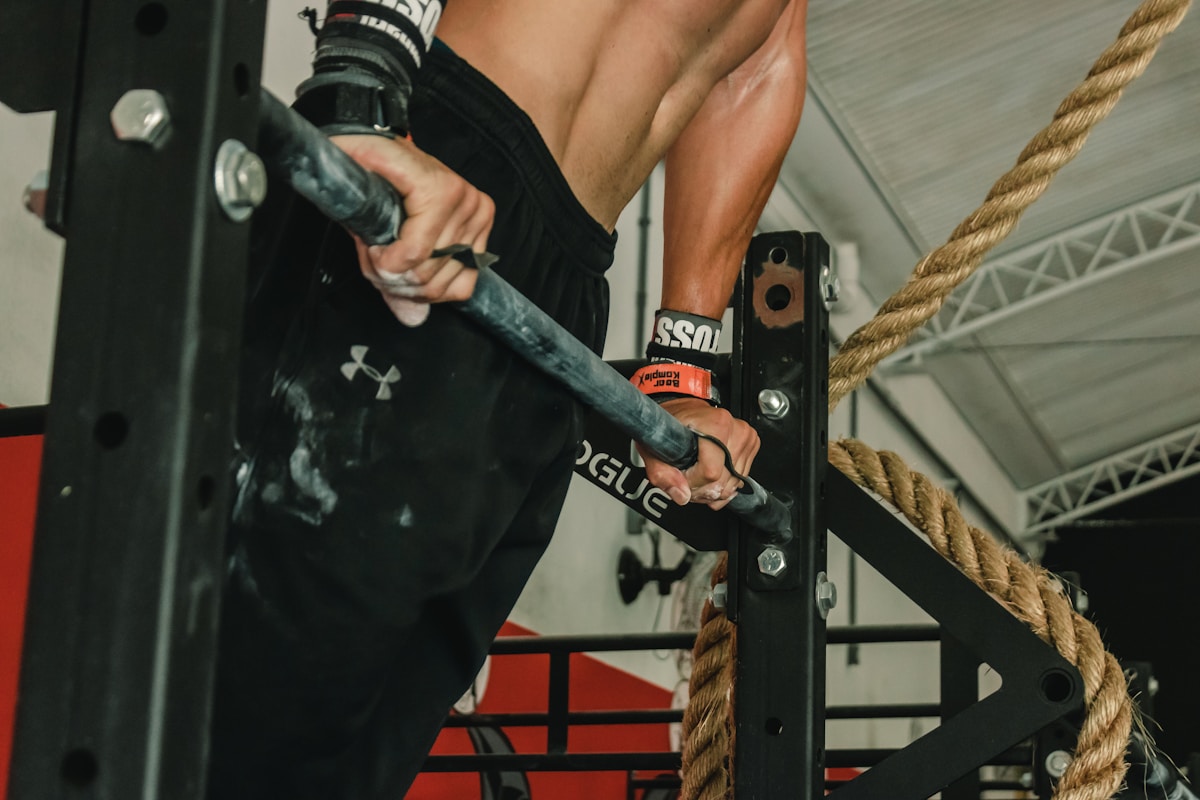The Importance of Recovery and Rest Days in CrossFit
The Science Behind Recovery: Understanding the Importance of Rest Days in CrossFit
The Science Behind Recovery: Understanding the Importance of Rest Days in CrossFit
Rest days are an integral part of any CrossFit training program, and understanding the science behind recovery is crucial for maximizing performance and preventing injury. CrossFit workouts place immense stress on the body, challenging muscles, joints, and the central nervous system. It is during rest days that the body has the opportunity to repair and rebuild, leading to improvements in strength, endurance, and overall athletic performance.
Rest days allow for several physiological processes to take place. Firstly, they facilitate muscle repair and growth. Intense exercise causes micro-tears in muscle fibers, and rest days provide the necessary time for these fibers to rebuild and become stronger. Additionally, rest days help replenish glycogen stores and restore energy levels, ensuring that the body is adequately fueled for subsequent workouts.
Rest days are also essential for preventing overtraining and reducing the risk of injury. Continuous, high-intensity workouts without proper rest can lead to fatigue, decreased performance, and an increased likelihood of muscular imbalances or overuse injuries. By incorporating rest days into your training routine, you give your body the opportunity to recover, adapt, and become more resilient.
Moreover, rest days play a vital role in optimizing the central nervous system (CNS). Intense exercise places stress on the CNS, and adequate rest allows it to reset and recover. This helps maintain mental focus, coordination, and reaction time, ensuring peak performance during workouts.
In conclusion, understanding the science behind recovery and the importance of rest days in CrossFit is key to achieving long-term success. By incorporating regular rest days into your training regimen, you allow your body to repair, rebuild, and adapt, leading to improved performance, reduced risk of injury, and long-term progress in your fitness journey.
Benefits of Recovery: How Rest Days Enhance Performance and Prevent Overtraining
Benefits of Recovery: How Rest Days Enhance Performance and Prevent Overtraining
Rest days are not just a break from intense training; they play a critical role in enhancing performance and preventing overtraining in CrossFit. By incorporating regular rest days into your routine, you can experience a multitude of benefits that contribute to long-term progress and overall well-being.
One of the primary benefits of rest days is improved performance. Rest allows your muscles and energy systems to recover, ensuring that you can perform at your best during subsequent workouts. It gives your body time to repair and rebuild muscle tissue, replenish glycogen stores, and restore energy levels. This leads to increased strength, power, and endurance, ultimately enhancing your performance in CrossFit.
Rest days also help prevent overtraining, which is a common pitfall for many dedicated athletes. Overtraining occurs when the body is subjected to excessive physical stress without adequate time for recovery. It can lead to decreased performance, chronic fatigue, increased risk of injuries, and even hormonal imbalances. By incorporating rest days, you give your body the chance to rest, repair, and adapt, reducing the risk of overtraining and allowing for sustainable progress.
Additionally, rest days contribute to mental well-being. CrossFit workouts can be physically and mentally demanding, and rest days provide a much-needed mental break. They help prevent burnout and allow you to approach your training with renewed focus, motivation, and enthusiasm.
In conclusion, the benefits of incorporating rest days into your CrossFit routine are numerous. From improved performance and prevention of overtraining to mental rejuvenation, rest days are essential for long-term success in your fitness journey. Embrace the power of rest and recovery to optimize your performance and achieve your fitness goals.
Strategies for Effective Recovery: Key Practices to Optimize Rest Days in CrossFit
Strategies for Effective Recovery: Key Practices to Optimize Rest Days in CrossFit
Rest days in CrossFit are not just about passively doing nothing; they are an opportunity to actively engage in practices that promote effective recovery and optimize your performance. By incorporating specific strategies on your rest days, you can enhance the benefits of recovery and ensure that you make the most out of your training regimen.
One essential strategy for effective recovery is prioritizing sleep. Quality sleep plays a vital role in muscle repair, hormone regulation, and overall recovery. Aim for 7-9 hours of uninterrupted sleep each night to support your body’s healing processes.
Active recovery activities can also be incorporated into your rest days. Engaging in low-intensity exercises such as walking, swimming, or yoga helps increase blood flow to the muscles, reduce muscle soreness, and promote relaxation. These activities stimulate recovery without placing excessive stress on your body.
Nutrition plays a crucial role in recovery as well. Focus on consuming nutrient-dense foods that provide the necessary building blocks for muscle repair and replenishment of energy stores. Adequate hydration is also essential for optimal recovery, so be sure to drink plenty of water throughout the day.
Incorporating recovery modalities such as foam rolling, stretching, and mobility exercises can also aid in reducing muscle tension, improving flexibility, and enhancing recovery. These practices help release tight muscles, increase range of motion, and prevent potential injuries.
Lastly, taking time for mental and emotional recovery is important. Engage in relaxation techniques like meditation or deep breathing exercises to reduce stress and promote mental well-being. Use your rest days as an opportunity to unwind, recharge, and find balance outside of your intense workouts.
In conclusion, implementing strategies for effective recovery on your rest days is crucial for optimizing your CrossFit performance. By prioritizing sleep, engaging in active recovery, focusing on nutrition, incorporating recovery modalities, and nurturing mental well-being, you can maximize the benefits of your rest days and set yourself up for long-term success in your fitness journey.
Supporting Recovery with Nutrition: Fueling Your Body for Efficient Restoration
Supporting Recovery with Nutrition: Fueling Your Body for Efficient Restoration
Nutrition plays a vital role in supporting recovery and optimizing the benefits of rest days in CrossFit. By fueling your body with the right nutrients, you can promote efficient restoration, enhance muscle repair, and replenish energy stores. Here are key nutritional strategies to support your recovery process.
First and foremost, prioritize protein intake. Protein is essential for muscle repair and growth. Aim to consume high-quality protein sources such as lean meats, poultry, fish, eggs, legumes, and dairy products. Distribute your protein intake evenly throughout the day to ensure a steady supply of amino acids for muscle recovery.
Carbohydrates are also crucial for replenishing glycogen stores, which are depleted during intense workouts. Opt for complex carbohydrates like whole grains, fruits, and vegetables. These provide sustained energy and essential nutrients that aid in recovery.
Don’t forget about healthy fats, which are important for hormone production and reducing inflammation. Include sources such as avocados, nuts, seeds, and fatty fish in your diet.
Hydration is key to supporting recovery as well. Proper hydration helps transport nutrients to your cells, remove waste products, and regulate body temperature. Drink water consistently throughout the day, and consider adding electrolytes during intense workouts to replenish minerals lost through sweat.
Finally, consider incorporating specific recovery foods and supplements. Tart cherry juice, for example, has been shown to reduce muscle soreness and inflammation. Additionally, branch-chain amino acids (BCAAs) can aid in muscle recovery and prevent muscle breakdown.
By fueling your body with the right nutrients, you provide it with the building blocks needed for efficient restoration and recovery. Remember to individualize your nutrition plan based on your specific needs, goals, and dietary preferences.
In conclusion, supporting recovery with proper nutrition is essential for maximizing the benefits of rest days in CrossFit. Prioritize protein, carbohydrates, and healthy fats, stay hydrated, and consider incorporating recovery foods and supplements. By fueling your body intelligently, you can optimize your recovery process and set the stage for improved performance and long-term success in your CrossFit journey.
Active Recovery Techniques: Exploring Methods to Promote Healing and Reduce Soreness in CrossFit
Active Recovery Techniques: Exploring Methods to Promote Healing and Reduce Soreness in CrossFit
Active recovery techniques are valuable tools for promoting healing, reducing soreness, and optimizing recovery in CrossFit. Unlike passive rest, active recovery involves engaging in low-intensity exercises and practices that enhance blood flow, increase mobility, and promote tissue repair. Here are some effective active recovery techniques to consider incorporating into your routine.
Low-intensity cardio exercises, such as walking, cycling, or light jogging, stimulate blood flow and aid in flushing out metabolic waste products that contribute to muscle soreness. These activities promote faster recovery by delivering oxygen and nutrients to the muscles, helping them repair and rebuild.
Mobility exercises and stretching are vital for maintaining flexibility, improving joint range of motion, and reducing muscle tightness. Incorporate dynamic stretches, foam rolling, or yoga poses to target specific muscle groups and enhance overall mobility.
Active recovery also includes engaging in low-impact activities that promote relaxation and stress reduction, such as swimming, Pilates, or tai chi. These activities not only contribute to physical recovery but also support mental well-being, allowing you to unwind and decompress.
Cross-training with different modalities can also be beneficial for active recovery. Incorporating activities like swimming, cycling, or yoga can provide a break from the high-intensity demands of CrossFit while still engaging your body in movement and promoting recovery.
Remember to listen to your body and adjust the intensity and duration of your active recovery sessions based on how you feel. The goal is to engage in activities that promote healing and reduce soreness without causing further fatigue or muscle damage.
By incorporating active recovery techniques into your CrossFit routine, you can support the healing process, reduce soreness, and improve overall recovery. These practices contribute to long-term performance and allow you to maintain consistency in your training without the negative impacts of overtraining or excessive muscle fatigue.
Conclusion
Prioritizing recovery and rest days in your CrossFit training is crucial for achieving optimal performance and preventing burnout. By understanding the science behind recovery, implementing effective strategies, and embracing active recovery techniques, you can support muscle repair, reduce soreness, and maintain the balance necessary for long-term success. Remember, rest and recovery are not signs of weakness but rather essential components of a well-rounded training program. Take the time to rest, rejuvenate, and allow your body to adapt and grow stronger.



